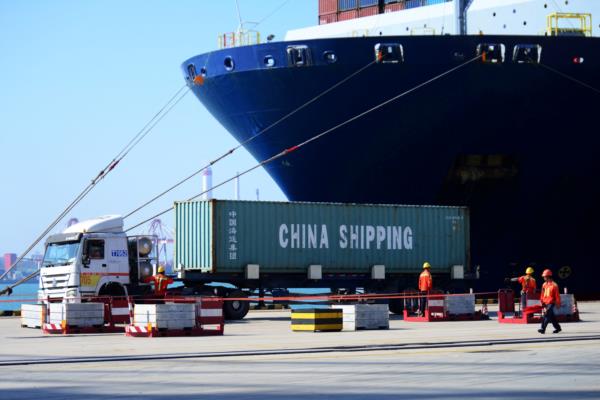
China's rapid economic growth over the past few decades has propelled it into the global stage as one of the world's leading economies. However, this growth has not come without its fair share of challenges, particularly in the realm of international trade. China's unique growth model, driven by exports and domestic investment, has inadvertently pushed Beijing into more trade conflicts with other nations.
At the heart of China's growth model lies its emphasis on manufacturing and export-oriented industries. This strategy has helped fuel the country's remarkable economic expansion, lifting millions of people out of poverty and fostering technological advancements. However, it has also resulted in an overreliance on exports, leading to imbalances in trade relationships and tensions with its trading partners.
One of the main criticisms leveled against China is its alleged unfair trade practices. Many countries, particularly the United States, have accused China of engaging in intellectual property theft, forced technology transfers, and subsidizing industries, which they argue create an uneven playing field for their own businesses. These allegations have fueled numerous trade disputes between China and various countries, triggering retaliatory measures such as tariffs and trade restrictions.
The trade conflicts have been further exacerbated by China's ambitious industrial policies, such as the 'Made in China 2025' initiative. This initiative aims to transform China into a global leader in high-tech industries, including robotics, aerospace, and biotechnology. While this plan is viewed as crucial for China's economic development, it has faced criticism for reinforcing the perception that China is seeking to dominate strategically important sectors, potentially undermining the competitiveness of foreign companies operating in these markets.
Moreover, the sheer size of China's economy and its role as a major trading nation means that any disruptions in its trade relationships have far-reaching implications. The ongoing trade disputes between China and the United States, for instance, have caused significant market volatility and uncertainty on a global scale. As both countries implement retaliatory tariffs on billions of dollars' worth of goods, industries ranging from agriculture to technology are feeling the impact, with fears of a potential trade war looming.
China's economic growth model has also contributed to its rising influence in international institutions. Through its significant trade and investment operations, China has been able to exercise greater leverage and shape the rules of global commerce. This has intensified concerns in some quarters regarding China's intentions and whether its rise poses a threat to the existing international order.
In response to the escalating trade conflicts, China has been taking steps to address some of the concerns raised by its trading partners. The government has introduced measures to strengthen intellectual property rights protection and has vowed to open up its markets to foreign businesses. However, skepticism remains, and it will take time to rebuild trust and resolve the underlying issues that have fueled the disputes.
China's growth model, while fueling its economic success, has inadvertently propelled Beijing into more trade conflicts. The focus on manufacturing and exports, combined with strategic industrial policies and allegations of unfair trade practices, has created tensions with various countries. As China continues to evolve economically and assert itself on the global stage, finding a more balanced and mutually beneficial approach to international trade will be crucial for maintaining stability and avoiding further conflicts.







